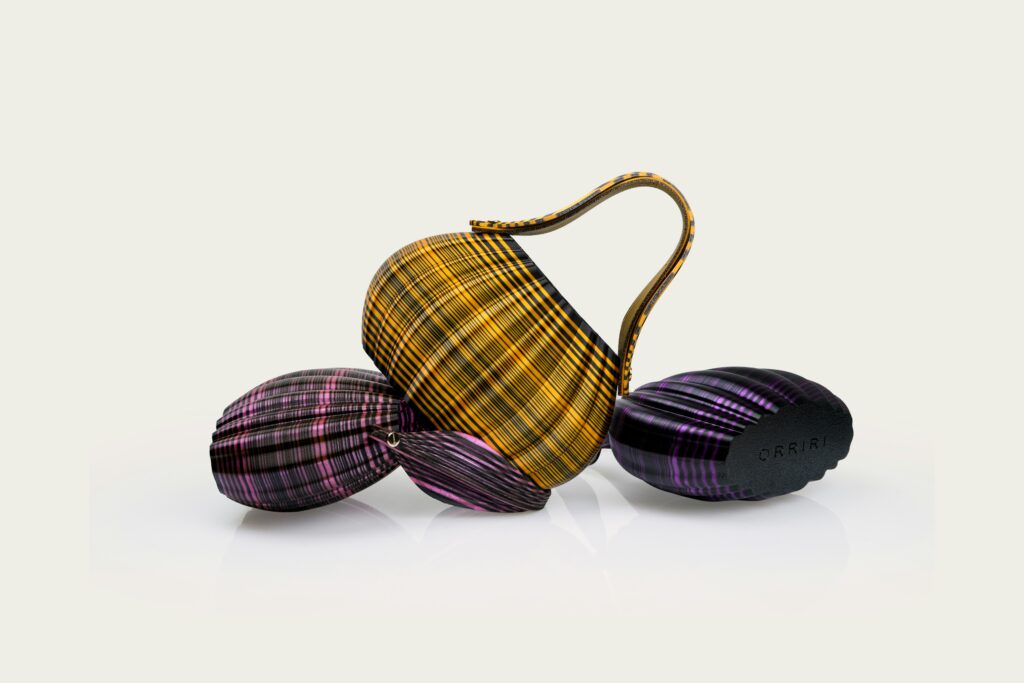What’s Fueling the Shift
Fast fashion fatigue isn’t coming it’s already here. Years of relentless trend cycles, questionable labor practices, and disposable clothes have pushed people to their limits. Consumers aren’t just tired of poor quality they’re exhausted by what it represents: waste, speed, and sameness.
Now, a reset is underway. Conscious consumerism has gone from niche buzzword to mainstream practice. People want more than fashion they want meaning. From TikTok hauls to personal blogs, conversations around sustainability, labor transparency, and carbon footprints are shaping purchase decisions like never before.
Instead of ten cheap things, shoppers are buying two that actually matter. The younger generation, especially, is leading the charge. They’re not just shopping less they’re shopping smarter. Swapping quantity for intention. What that means for the industry: fewer impulse buys, more long term favorites. In short, quality wins. And that’s a challenge fast fashion can’t keep up with.
Defining Artisanal Luxury Today
Artisanal luxury in 2024 is no longer just about expensive price tags it’s about intention, integrity, and individuality. Consumers are paying close attention not just to what they wear, but how those garments come to life.
Attention to Detail and Heritage Techniques
What sets modern artisanal fashion apart is the obsessive focus on craftsmanship. Every stitch, seam, and fabric choice tells a story.
Key characteristics include:
Heritage Techniques: Hand weaving, hand dyeing, embroidery, and other time honored practices are making a strong return.
High Skill Labor: Brands are investing in talented artisans, often with highly specialized and generational expertise.
Functional Beauty: Details are added not just for show, but for longevity and user experience.
Small Batch, Slow Made, Deeply Personal
Artisanal luxury resists the speed of fast fashion. It embraces restraint.
Limited Quantities: Pieces are often made in small batches to maintain quality and uniqueness.
Slow Made Culture: Time is treated as a creative asset giving pieces character and intentionality.
Personal Connection: Buyers often know where and how their item was made and sometimes, by whom.
Identity Built on Process
For many emerging and established labels, the process has become the product. Brand stories are no longer just about aesthetics they’re about values and methods.
Transparency Leads: Brands are increasingly open about sourcing, timelines, and craftsmanship.
Authenticity as Currency: Labels that lean into their creative process stand out in a crowded market.
Purpose First Marketing: Storytelling focuses on how the piece came to exist not just how it looks.
Artisanal luxury is evolving as a response to soulless mass production where every garment holds meaning, and every choice behind it is intentional.
Where Tradition Meets Innovation

Artisanal luxury is no longer confined to the past. While rooted in age old techniques, today’s craftsmanship forward fashion is thriving at the intersection of tradition and technology. The finest ateliers are proving that heritage and innovation can coexist beautifully.
Classic Forms, Contemporary Materials
Designers are breathing new life into timeless silhouettes by incorporating cutting edge, sustainable, and unconventional materials. The goal: maintain elegance while aligning with modern values and performance expectations.
Structured blazers crafted from bio based fabrics
Evening gowns featuring recycled silk blends
Leather alternatives made from mycelium, pineapple fibers, or cactus
The result is classic shape with a forward thinking edge.
Revival of Rare Techniques
In an increasingly digital world, there’s growing reverence for the handmade. Artisanal luxury brands are proudly restoring techniques once seen as endangered.
Embroidery: Not just for decoration used to tell cultural stories with each stitch
Hand dyeing: Naturally derived pigments producing one of a kind colorways
Bespoke tailoring: Garments constructed not only to size, but to personality and lifestyle
These practices slow the pace of fashion in all the right ways replacing replaceable trends with permanent value.
Smart Craftsmanship: Technology at the Workbench
Contrary to expectation, innovation here doesn’t replace the maker’s hand it enhances it. Artisans and designers are adopting advanced tools to complement their skills, not shortcut them.
3D pattern drafting: Improves fit and reduces fabric waste before a single cut
Digital looms and knitting machines: Allow for precision in semi handmade techniques
Augmented reality (AR): Used in studios for real time virtual fittings and adjustments
By blending digital support with analog mastery, a new era of craftsmanship is taking shape.
For a deeper dive into this evolution, see: Haute Couture Evolution
Consumer Mindset: Intentional, Informed, Invested
The Rise of Thoughtful Buyers
A quiet revolution is happening in luxury fashion: today’s buyers aren’t just shopping they’re questioning, researching, and connecting. The modern luxury consumer wants more than a status symbol. They want to understand the process behind their purchases.
Asking the Right Questions:
“Who made this?”
“How long did it take?”
“What skills went into it?”
These aren’t simply passing curiosities they’re essential considerations. Provenance, technique, and design ethos now matter as much as the final garment.
Quality Over Convenience
Today’s shoppers are intentionally slowing down their consumption habits. Mass production once delivered instant gratification, but now, exclusivity and craft take precedence.
Consumers are showing:
Willingness to wait for handmade pieces
Willingness to pay more for visible craftsmanship
Commitment to repair instead of discard
This shift supports practices that prioritize sustainability and waste reduction, while elevating the value of garments that last.
The Power of Storytelling
In artisanal luxury, every piece comes with a history. Brands that succeed today know how to tell a compelling story about the maker, materials, techniques, and inspiration.
Stories elevate a garment’s worth
Transparency builds emotional connection
Narratives create loyalty beyond aesthetics
Today’s consumer isn’t just buying a product they’re buying perspective, values, and a piece of artisanal culture.
The Business Case for Fewer, Better Things
Artisanal fashion isn’t chasing scale at any cost. It’s playing a different game, and winning. When brands produce small batches with rare fabrics or heritage methods, they create scarcity and with it, value. Limited runs and high craft drive margins that fast fashion can’t touch. People aren’t just buying a piece of clothing, they’re buying into precision, into purpose.
But prestige alone doesn’t hold loyalty. What keeps customers coming back is transparency. Today’s consumer is savvy they want to know who made the garment, how, and why. Brands that lay it all out the supply chain, the studio hours, the real cost of slow fashion build trust. That trust translates into long term support, not just one time hype.
As for scaling? It’s possible, but the approach is slower, more selective. Smart artisanal labels expand by training more craftspeople, not outsourcing. They grow by collabing with aligned partners, not diluting their process. Growth is organic. Intentional. And in a world flooded with fast and fake, that’s powerful.
Luxury’s Next Chapter
Luxury is circling back to its roots quite literally. In 2024, we’re seeing a surge in designers sourcing local materials that reflect the landscape, history, and soul of their regions. From handwoven alpaca in Peru to Italian leather tanned in centuries old workshops, provenance has become a statement in itself. It’s less about global sameness and more about honoring place, story, and environmental footprint.
Fashion houses are also going inward to move forward. Archives once sealed away are being reopened, not out of nostalgia, but for strategy. Designers are pulling stitch patterns, cuts, and forgotten motifs to rework into collections that speak to now while holding onto legacy. It’s authenticity on purpose.
Meanwhile, regional craft is no longer a side note in luxury. Artisans from places often ignored by the industry are getting the spotlight. Indian zardozi, West African dyeing, Andean knitting these techniques bring new texture and depth to a market craving meaning. Global connectivity hasn’t erased the local it’s just made its voice louder.
Explore how this evolution ties into the broader couture movement here: Haute Couture Evolution





